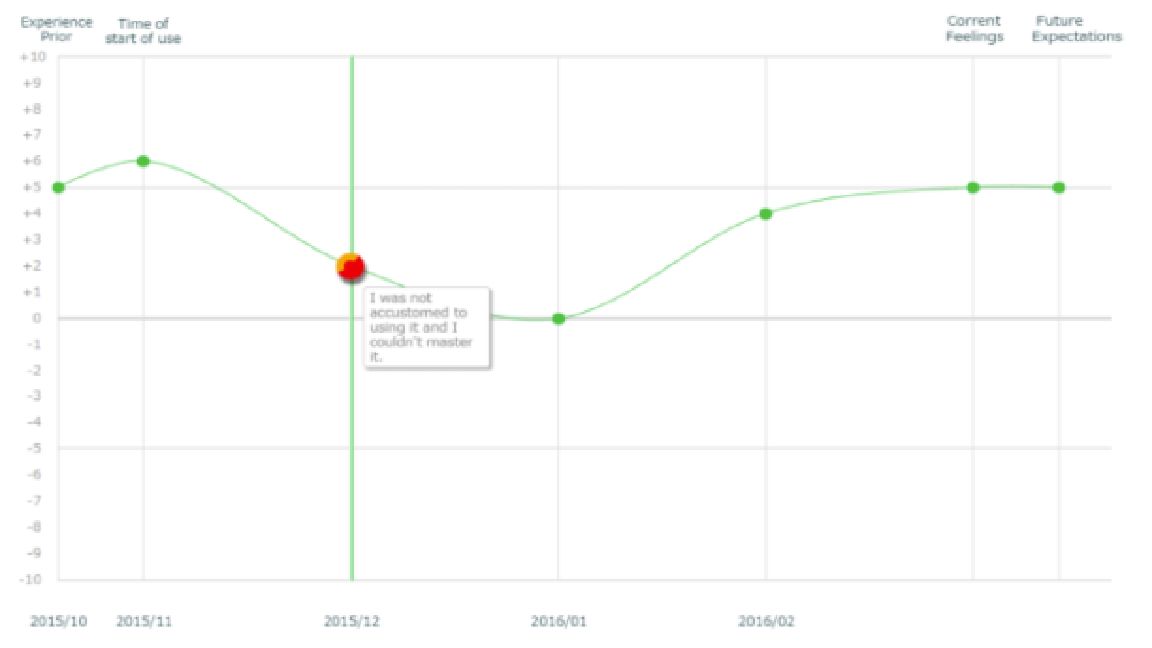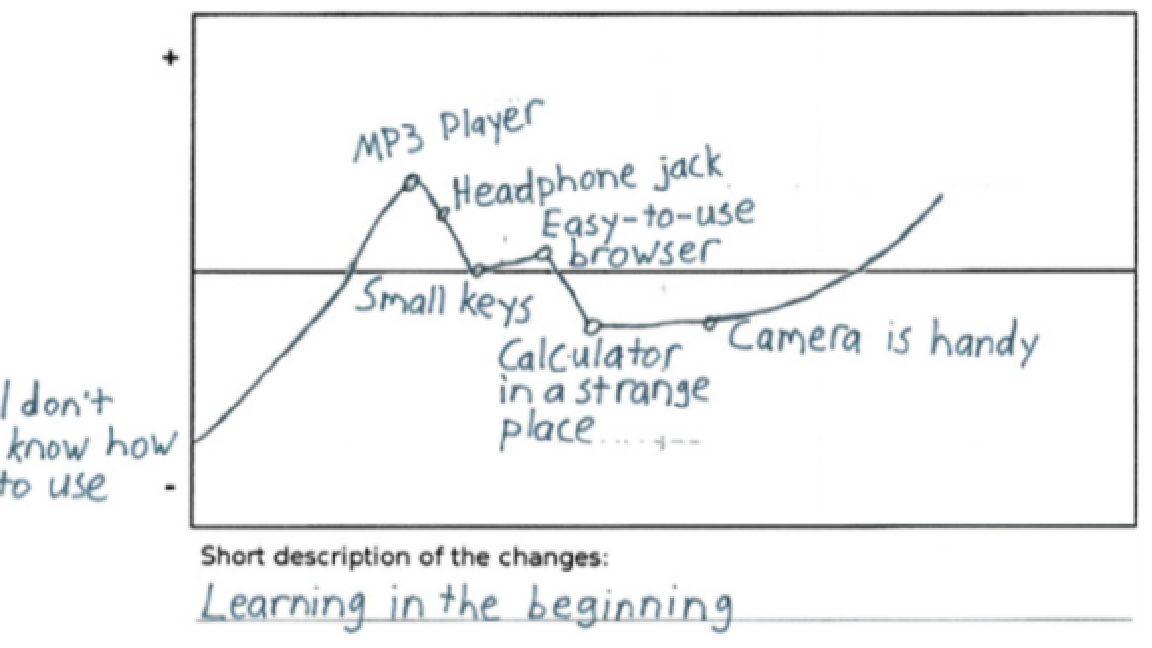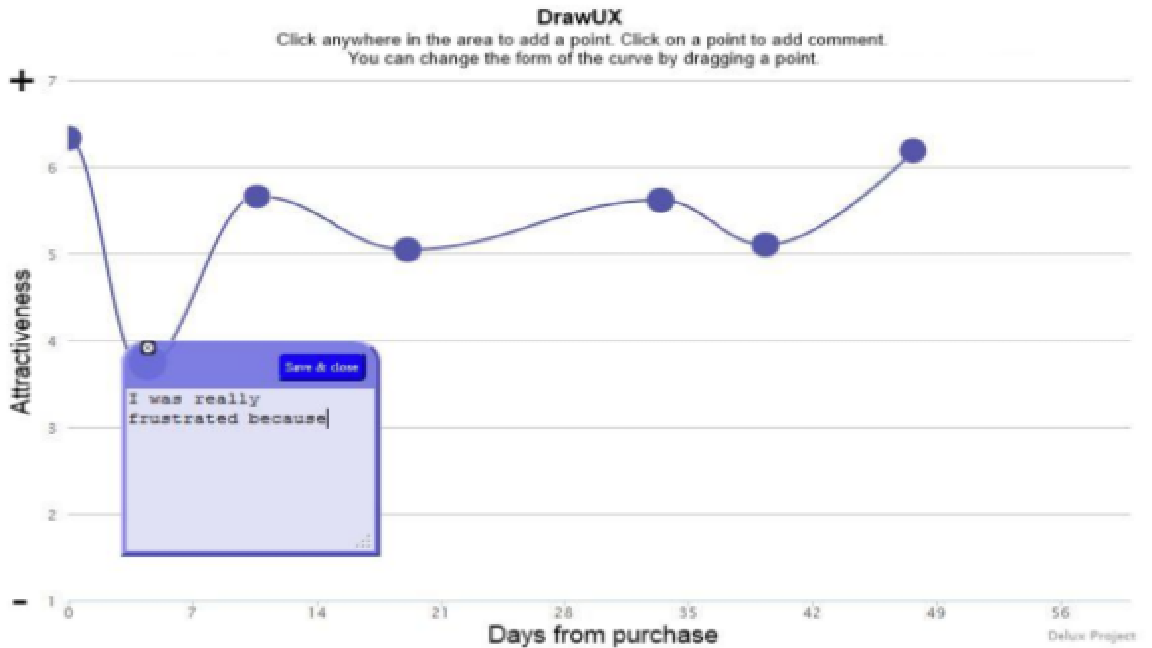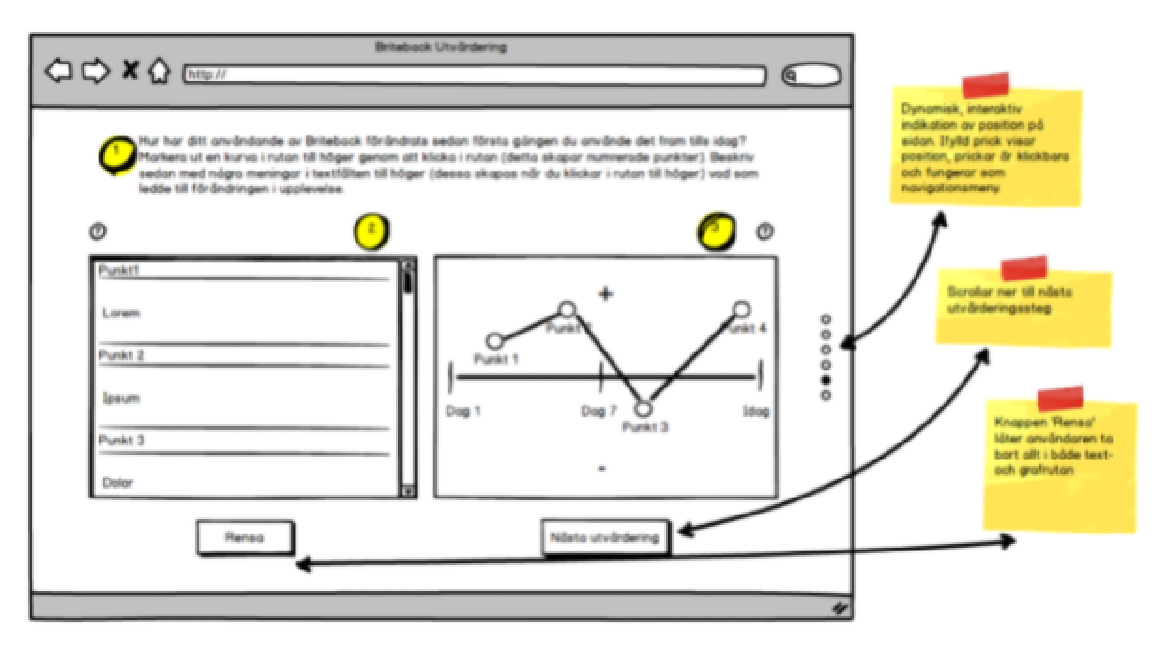
In the year 2010 some researchers saw a need for higher understanding of how the relationship between user and artefact changes over time. A lack in existing methods became apparent since the majority of the methods that investigates user experience has a more short sighted focus. Therefore they created UX Curve, a method for measuring user experience during longer periods of time. UX Curve is a method within user-centered design that was developed to be a cost effective way to facilitate the mediation of the user's experiences to the designers. Many studies since then have chosen to investigate the UX Curve method by testing the method in practice. This is done by sometimes changing the original method that was first proposed by Kujala et al., in the year 2010 & 2011.
The aim of the study is to create an understanding of how the UX Curve has been used since its creation in 2010 and how the components regarding the model have changed. Hopefully a higher understanding of flaws in the method and possible improvements could lead to a more effective and precise way to utilize the method.
The result of this study showed that there has been a change with the use of UX Curve and also within the components of the model. These changes varied depending on the purpose of the study. Regarding some of the components an observation could be made of common changes. Observed changes of the component dimensions/curves indicated that this was a common and easy way to change the method to better suit the purpose.



